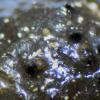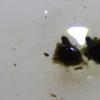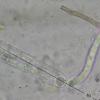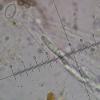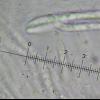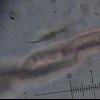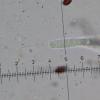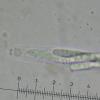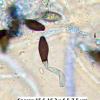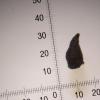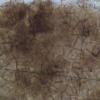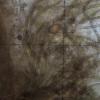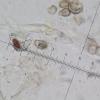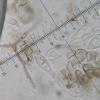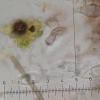
14-01-2015 15:21
Hello, I found this species on dung (think deer o

22-02-2015 18:08
 Ahmed Mohamed Abdel-Azeem
Ahmed Mohamed Abdel-Azeem
An annotated check-list of Ascomycota reported fro

22-02-2015 17:37
 Ahmed Mohamed Abdel-Azeem
Ahmed Mohamed Abdel-Azeem
A checklist of Egyptian fungi: I. Protozoan fungal

22-02-2015 17:28
 Ahmed Mohamed Abdel-Azeem
Ahmed Mohamed Abdel-Azeem
A new thermotolerant ascomycetes from Egypt

22-02-2015 17:16
 Ahmed Mohamed Abdel-Azeem
Ahmed Mohamed Abdel-Azeem
Fungi of Egypt is a new website (www.fugiofegypt.c

22-02-2015 14:09
 Michel Delpont
Michel Delpont
Bonjour. Je recherche le papier de Guarro et al.(1

20-02-2015 13:33
Hi to all,I would appreciate if someone has a pdf
Hello,
I found this species on dung (think deer or rabbit). Frb up to 1mm, spores 44x52x4/5µm, with 2 gelatinous caudae up to 38µm long. Asci 8 spored, 190/205x10/13µm.
PS I've never looked at this genera before
regards,
Ralph

Your fungus is not ripe; more lacking other information (hair, wall structure). On dung, the most common species are C.mirabilis, C.anisura and C.coprophila. Sometimes C.septentrionalis.
Michel.
A good month ago I posted some cercophora species that weren't mature yet . Today I had another look but don't really know which species.
Size frb 1mm, spores total lenght including pedicel 45/58x7/8, spores 17/20x7/8µm, pedicel 25/38x 3/4µm, spores seem to be bi-guttulate
Regards

